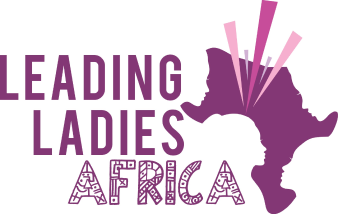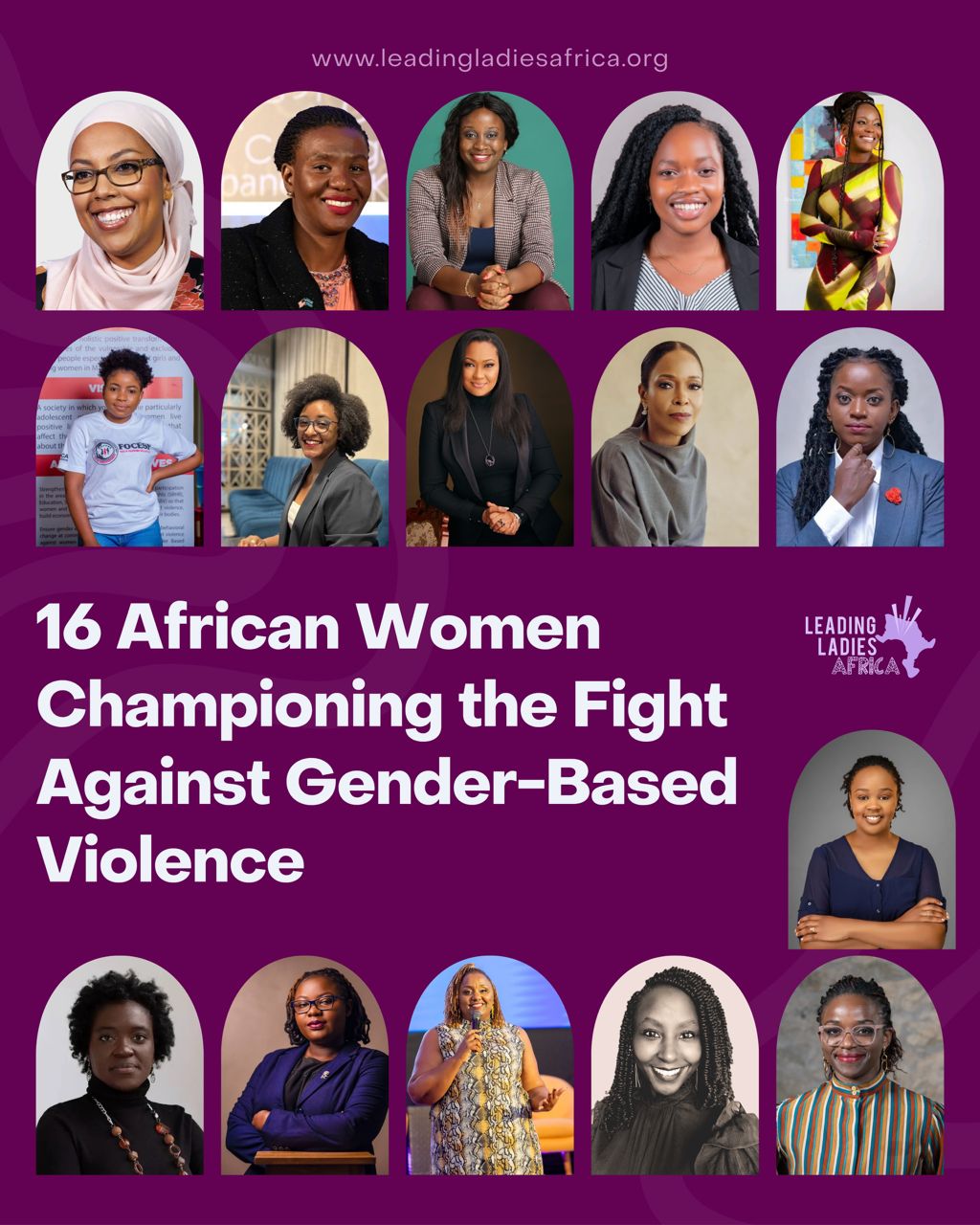As a child and pre-teen, there were very few things I wanted more than to see myself represented in the magazines, television shows, and films that I watched. I wasn’t satisfied with having to see myself in the traditional ways Black women are portrayed in media: hypersexual “jezebels” (think Halle Berry in The Flintstones), slaves, and sassy sidekicks.

I wanted to read books, watch television shows, and see blockbuster films like Notting Hill about happy Black women just living — falling in love, building careers, and loving their lives in a world that loved them back.
At that time, the media felt (and still feels) more akin to a toxic ex-boyfriend. You fall in love with his potential and how great the two of you could be, wanting so badly for him to love you back. Yet his response (if he gives one) is usually cold and disparaging and leaves you feeling worthless. According to the African American Policy Forum, representation of Black women in media is “disproportionately sparse” and when it does happen, it is often a regurgitation of negative stereotypes.
Unfortunately, I know this fact all too well. Every time I would watch a movie with Jennifer Aniston or some other conventionally beautiful white woman with blue eyes and blonde hair, I’d end up feeling worse about myself. The truth is that women who appeal to conventional beauty standards are afforded more privileges in society; on the other hand, those (like myself) with West African, Bantu features are rarely praised in the same way. Young me was acutely aware of this fact, as the next generation of Black girls will be too.
Many Black girls grow up feeling ugly, inferior, and unwanted. It’s not uncommon to feel shame about our dark skin tones or our coily locs which look nothing like the straight, silky European-textured hair we see in the media. These stories are paradigm in the global Black diaspora.

From a young age, we are bombarded with images of what a real woman looks like (namely, white women with bone-straight hair and stick-thin bodies). When comparing ourselves to society’s European standard of beauty, Black women and girls find themselves lacking.
Think about the faces you see in the newsstands when waiting in line at the grocery store. Do they appeal to traditional beauty standards? Probably. Are they often anything other than white? Usually, no.
Media representation is affecting other parts of our lives too
At first glance, it would appear that there are worse problems among Black women than the way we are represented in modern media. For one, our rates of heart disease, obesity, and mental illness are sadly much higher than our non-Black female counterparts, and we die of breast cancer at a higher rate as well. According to Self, Black women generally report more frequent feelings of “sadness, hopelessness, worthlessness, and the sense that everything is an effort” than white women do. But, as doctors begin to find correlations between the abysmal health status of African-American women and their self-esteem, I think it’s very worth having another look at the media representation we receive.
While this used to frustrate me immensely growing up, I eventually realized that us Black women don’t have to sit by idly waiting to be noticed. The quintessential media platforms that I’d been waiting for as a child — the ones that celebrated my beauty and gave me a voice — may never exist if we don’t start creating them ourselves. From podcasts to magazines to television shows to movies, we can play a role in placing ourselves on the map. And not only by creating these platforms, but by supporting them
This article was culled from TheEveryGirl.com
Author: Grace, Sorella Magazine


